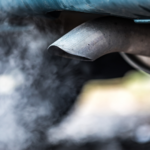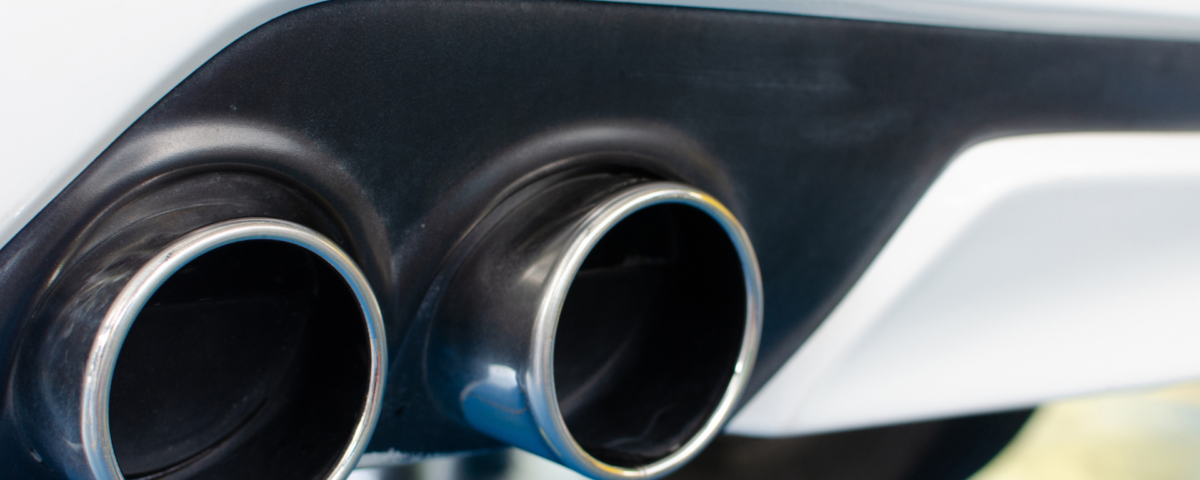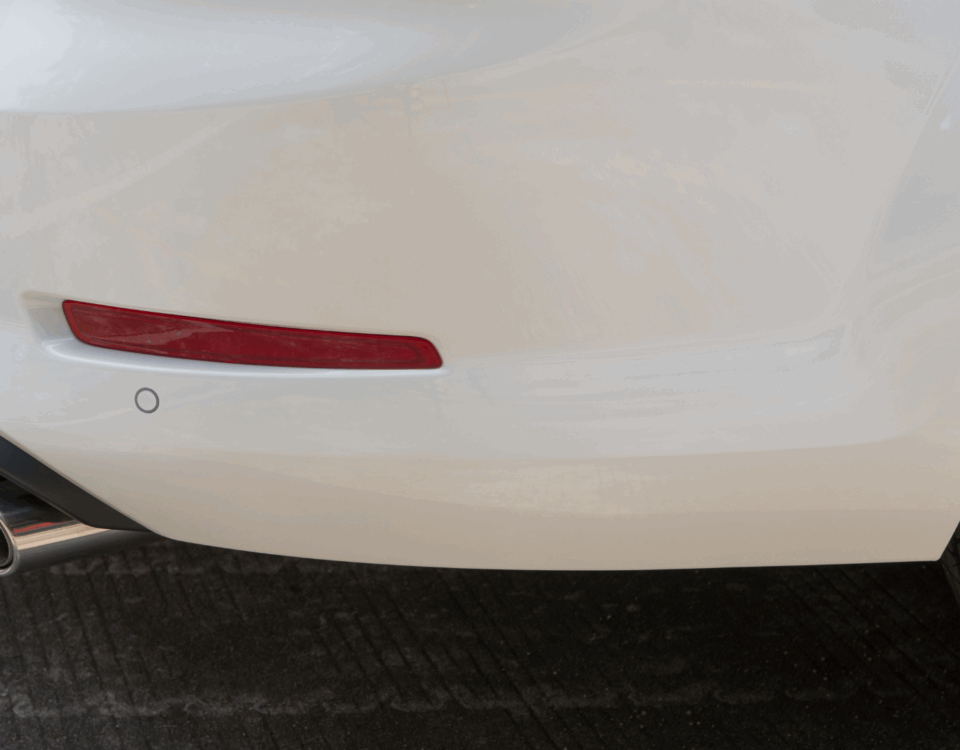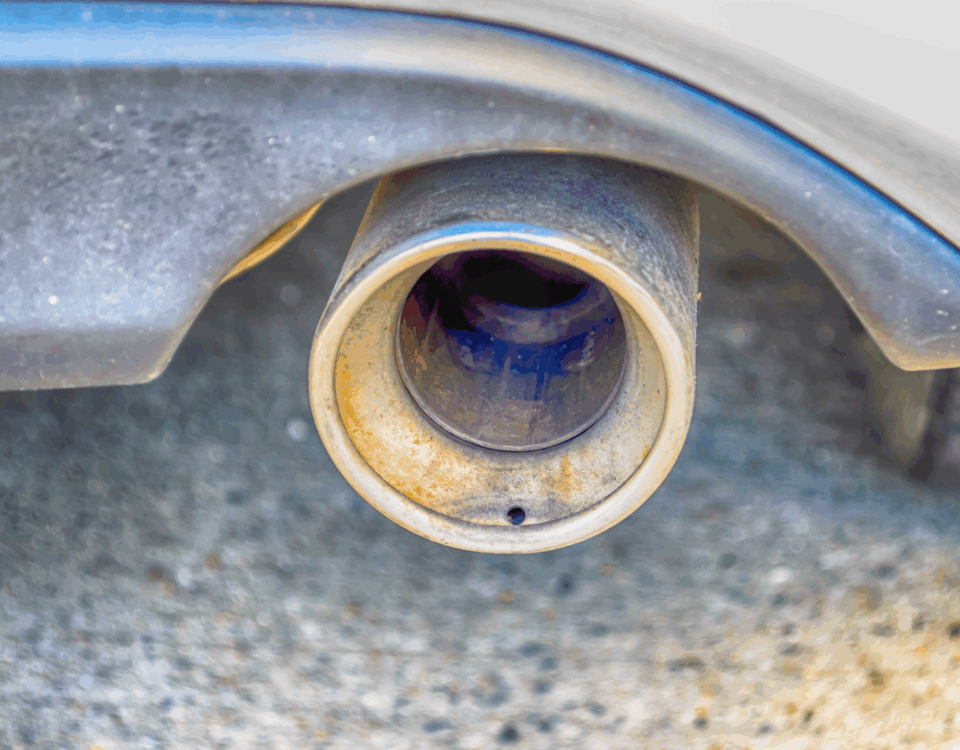
Smog Inspection Station Requirements: What You Need to Know
February 6, 2025
How to Pass a Smog Test: Tips for a Smooth and Stress-Free Process
February 6, 2025Understanding the Importance of a Smog Test
A smog test is a crucial evaluation of a vehicle’s emissions system to ensure it meets environmental standards. Many states require this test to reduce air pollution and maintain cleaner air quality. Without regular smog testing, harmful pollutants like carbon monoxide, nitrogen oxides, and hydrocarbons can be released into the atmosphere, contributing to smog formation and health risks. By conducting a smog test, drivers help minimize environmental damage while ensuring their vehicles comply with local emission regulations. Additionally, passing a smog test is often mandatory for vehicle registration renewal, making it an essential part of responsible car ownership.
How a Smog Test Helps Improve Air Quality
Vehicle emissions are one of the leading causes of air pollution, especially in urban areas where traffic congestion is high. A smog test helps regulate harmful emissions by identifying vehicles that exceed the allowed limits. When a car fails the test, it indicates that the emission control system is not functioning correctly, leading to excessive pollution. Addressing these issues can significantly improve air quality, reducing the number of pollutants that contribute to respiratory diseases, climate change, and overall environmental degradation. By requiring vehicles to pass a smog test, local governments ensure cleaner air for communities while promoting more sustainable transportation practices.
What Happens During a Smog Test
A smog test typically involves a series of diagnostic checks to evaluate a vehicle’s exhaust emissions. The process includes an inspection of the on-board diagnostic (OBD) system, tailpipe emissions analysis, and an examination of the fuel system. If a vehicle’s check engine light is on, it is more likely to fail the smog test, as this could indicate issues with the catalytic converter or oxygen sensors. The test results determine whether the car meets state emission requirements. If a vehicle fails, necessary repairs must be made before retesting. Regular maintenance, such as changing the air filter and using high-quality fuel, can improve the chances of passing a smog test.
Why Regular Smog Tests Benefit Your Vehicle’s Performance
Beyond environmental benefits, undergoing a smog test regularly ensures a vehicle is running efficiently. Emission-related problems often signal deeper mechanical issues that can affect fuel efficiency and engine performance. Identifying these problems early through a smog test allows drivers to address minor concerns before they become costly repairs. A well-maintained vehicle not only passes the test with ease but also delivers better mileage, reduces fuel consumption, and has a longer lifespan. Additionally, smog tests can provide peace of mind by ensuring the car operates within optimal parameters and does not pose any risks to the driver or passengers.
How to Prepare for a Smog Test and Ensure a Pass
Taking proactive steps before a smog test can increase the chances of passing on the first attempt. One of the most effective ways to prepare is by performing routine vehicle maintenance, such as changing the oil, replacing the spark plugs, and checking the oxygen sensor. Driving the car for at least 20 minutes before the test ensures the engine reaches the ideal operating temperature, which helps improve emissions test results. Additionally, ensuring that the check engine light is off is crucial, as its activation automatically results in a failed test. Using a fuel additive to clean the exhaust system and driving at highway speeds before the test can also help reduce emissions. Following these steps will not only help pass the smog test but also enhance overall vehicle efficiency and environmental sustainability.
Read More:
Everything You Need to Know About Smog Tests Before Your Next Inspection






